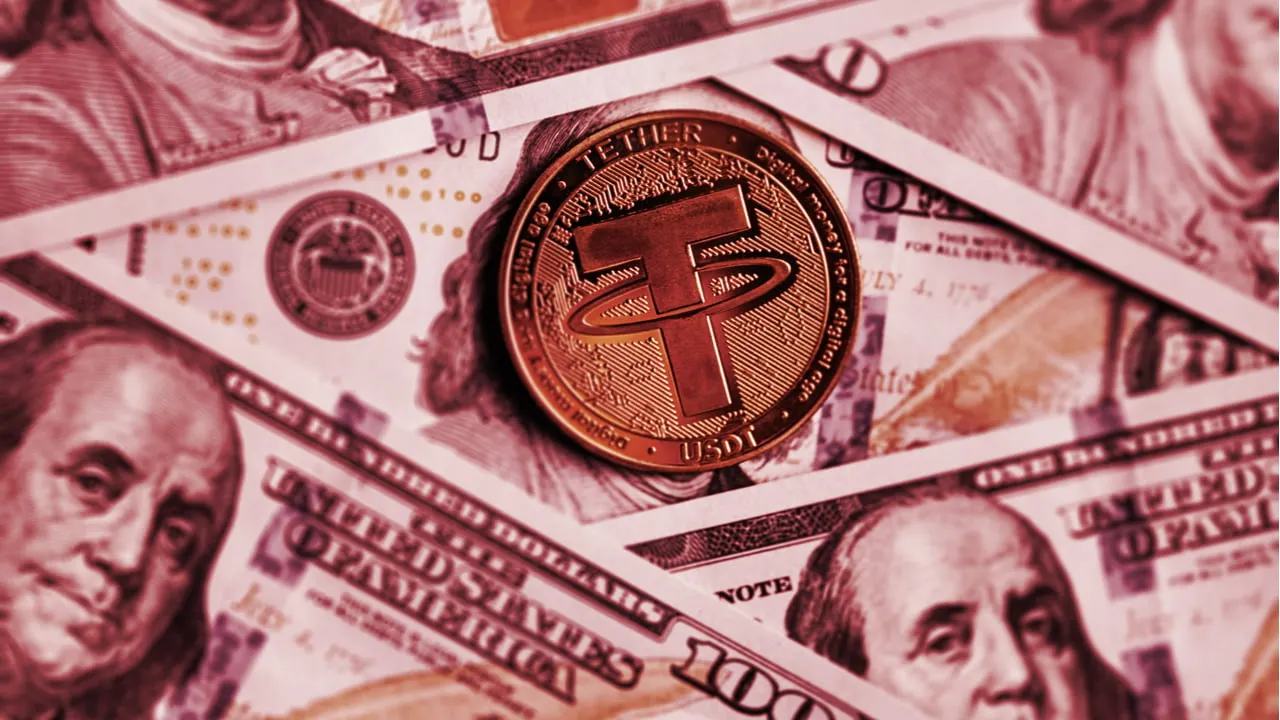In brief
- The Stablecoin Transparency Act would require stablecoins to be fully backed by dollars or short-term government securities.
- Stablecoin issuers would also have to publish audited reports.
Remember the whole hubbub about Tether only kinda sorta being backed by the U.S. dollar?
Two legislators—Rep. Trey Hollingsworth (R-IN) in the House and Sen. Bill Hagerty (R-TN) in the upper chamber—have introduced a bill designed to make sure that's never an issue again.
The Stablecoin Transparency Act would require stablecoins to be fully backed by a combination of U.S. dollars and "government securities with maturities less than 12 months" (i.e., bonds). It would also legally compel issuers of stablecoins—such as Circle (USDC) and Tether (USDT)—to regularly publish audited reports demonstrating their reserves.
“From whether coins are securities or commodities, to who is in charge of regulating them, those in the cryptocurrency marketplace are navigating significant ambiguity,” says Sen. Hagerty, empathizing with consumers eager to know their funds are safe.
Stablecoins are crypto assets pegged 1:1 with a fiat currency, often the U.S. dollar. The idea is that for every stablecoin in circulation, there's a $1 bill in the bank; if anyone wants to redeem that coin, they can.
But the New York Attorney General's Office took Tether to task for spreading this perception, stating that "Tether's claims that its virtual currency was fully backed by U.S. dollars at all times was a lie." Instead, when Tether ultimately issued reports in 2021, they showed a sizable chunk of reserves in cash or "cash equivalents," such as money market funds, as well as substantial holdings in secured loans, bonds, or crypto investments.
While some of these investments helped Tether turn a profit, they could make the company less liquid in case of a digital "bank run." Moreover, a decline in the price of Bitcoin or other crypto holdings could reduce the value of the company's reserves below the circulating value of USDT and potentially torpedo the price.
Circle, the company that partners with Coinbase on USDC, is the second-largest stablecoin behind USDT in terms of market capitalization. Last year it came in for criticism that, as of July, only 61% of its holdings were backed by cash or cash equivalents.
But by August, it had announced that it would only use cash and short-term government bonds, similar to the requirements in the Hagerty-Hollingsworth bill. That October, an attestation from accounting group Grant Thornton showed this to be the case, and Circle today announced it would hold its roughly $50 billion in reserves in mega-bank BNY Mellon.
Sen. Hagerty contends that while the Stablecoin Transparency Act is about consumer protection, the bill won't put stablecoins in the hands of "unaccountable bureaucrats who threaten to choke off innovation."
That is, if it ever gets a vote. Both chambers of Congress are controlled by Democrats; while there's a bipartisan interest in getting cryptocurrency regulations right, the duo will likely need some support from across the aisle to get a committee vote.

